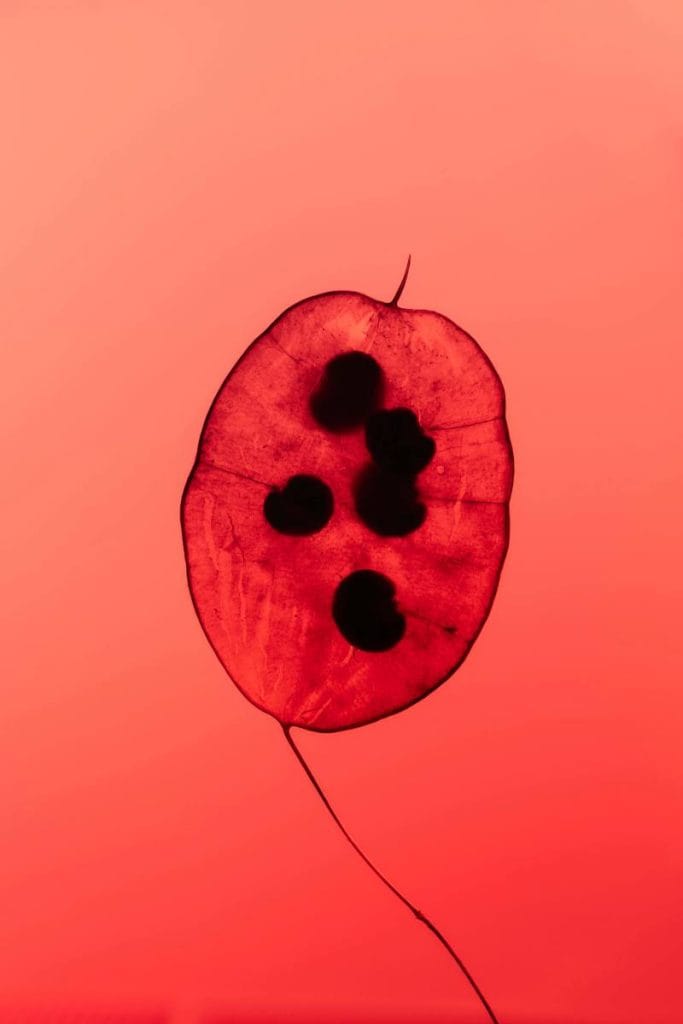Balance Vata Dosha: How to Ground Your Body and Calm Your Mind
-
In Ayurveda, the key to vibrant health begins with understanding three doshas—and learning how they shape your physical, mental, and emotional tendencies. Embracing this individuality helps you create a lifestyle that supports mind-body balance and honors your natural rhythms.
If you’re feeling ungrounded, overwhelmed, or physically out of sync, it’s time to check your current dosha balance and prioritize balancing Vata dosha.
Vata Dosha Symptoms
Think of Vata dosha as the wind—it governs movement, creativity, and change. When balanced, it inspires enthusiasm and adaptability. When imbalanced, it can scatter your energy, leading to anxiety, dry skin, restlessness, and even disrupted digestion.
In Ayurveda, an imbalanced Vata often throws the other doshas—Pitta and Kapha—off balance. That’s why most Ayurvedic healing begins by calming Vata, providing a foundation for stability and wellness.
How to Reduce Vata Dosha
Excess air (Vata) and space (Akasha) in the body can manifest in various physical, mental, and emotional ways, especially during Vata season—the cooler, windier months of fall and early winter. Physically, an imbalance of Vata can lead to dryness in the skin, hair, and mucous membranes, causing conditions such as cracked skin, constipation, or bloating. The body may feel light, weak, or fatigued, and there can be a tendency toward irregular sleep patterns or feelings of restlessness. Mentally, excess Vata can lead to overactivity of the mind, resulting in anxiety, worry, scattered thoughts, and difficulty concentrating. Emotionally, it may cause feelings of instability, fear, and uncertainty, often leading to emotional highs and lows.
To reduce Vata dosha, it’s essential to ground and stabilize the body and mind. This can be achieved through a nourishing routine, incorporating warm, moist, and grounding foods such as cooked grains, root vegetables, and healthy fats like ghee. Staying hydrated also helps balance dryness. Gentle, calming activities like yoga, meditation, and deep breathing techniques can help soothe the nervous system and promote mental clarity. Additionally, maintaining a consistent daily routine and ensuring adequate rest helps restore balance, allowing the body and mind to feel more centered and supported.
-

How to Balance Vata Dosha: Techniques for Grounding the Body
- Create a Dinacharya (Daily Routine) Consistency is key for Vata. Set fixed times for waking up, meals, and sleeping. Incorporate grounding activities like yoga or stretching in the morning to start your day with stability. Avoid irregular meal times and late nights, as they amplify Vata’s erratic tendencies.
- Perform Abhyanga (Self-Massage) Warm oil massage deeply nourishes Vata’s cold and dry qualities. Use sesame oil or herbal blends like ashwagandha-bala to enhance relaxation and reduce tension. Perform this before a warm shower or bath for maximum grounding. Even a quick application to your feet, scalp, and joints can help when short on time.
- Food for Vata Dosha Warm, moist, and nourishing meals stabilize Vata. Favor cooked vegetables, soups, stews, and whole grains. Avoid raw, cold, or dry foods that increase Vata’s lightness. Mindfully savor your meals by chewing thoroughly and staying present during eating.
- Travel Mindfully When traveling, plan ahead to minimize disruption to your routine. Stay hydrated, carry nourishing snacks, and incorporate grounding rituals like stretching or meditation during breaks. Upon returning, prioritize rest to recalibrate.
- Sensory Therapy Create a warm, inviting environment at home. Use soft blankets, cushions, and gentle lighting. Warm baths infused with grounding essential oils like lavender or vetiver can help ease physical tension and calm the senses. Use pastels and natural colors in your living space to create a calm and cozy atmosphere.
Small, consistent lifestyle shifts rooted in Ayurveda can make a big difference in bringing Vata back to balance.
-

How to Balance Vata Dosha: Techniques for Calming the Mind
- Slow Down Avoid multitasking, as it scatters Vata’s energy. Dedicate full attention to one activity at a time, whether it’s reading, or simply taking a walk. This focus ensures a calm and grounded mind.
- Digital Detox Digital screens overstimulate Vata’s mobile nature. Take regular breaks, especially in the evening. Replace screen time with journaling, hobbies, or spending time in nature.
- Engage in Creative Expression Vata thrives on creativity. Activities like painting, writing, or cooking allow the mind to flow in a structured, soothing way. Approach these without pressure for perfection—let the process itself be the reward.
- Set Boundaries with Activities Overcommitting leads to mental exhaustion. Practice saying no to activities or engagements that drain your energy. Prioritize tasks that align with your values and bring joy or peace.
- Listen to Gentle Sounds Vata is highly sensitive to sound. Avoid loud, jarring noises and instead listen to calming music, nature sounds, or chanting. This soothes the nervous system and promotes inner stillness.
By integrating these techniques into your life, you can harmonize both body and mind, bringing Vata dosha into balance and creating a foundation for overall well-being.
As you bring Vata into balance, you’ll notice improvements not just in your physical body, but also in your mental clarity and spiritual connection. These seemingly small practices ripple into all aspects of your life.
Each step you take toward balance—whether it’s creating a routine or practicing silence—is an act of self-care that honors your unique nature. Remember, healing takes time, so be gentle with yourself. Every choice you make matters, and every step forward brings you closer to your fullest potential. You’ve got this!
-

Download Our Free Vata Dosha Guide
Ready to take the next step in your healing journey? Download our Vata Dosha Quick Guide for actionable advice and inspiration.



